- Personalization
A Step-by-Step Personalization Guide for Contentful
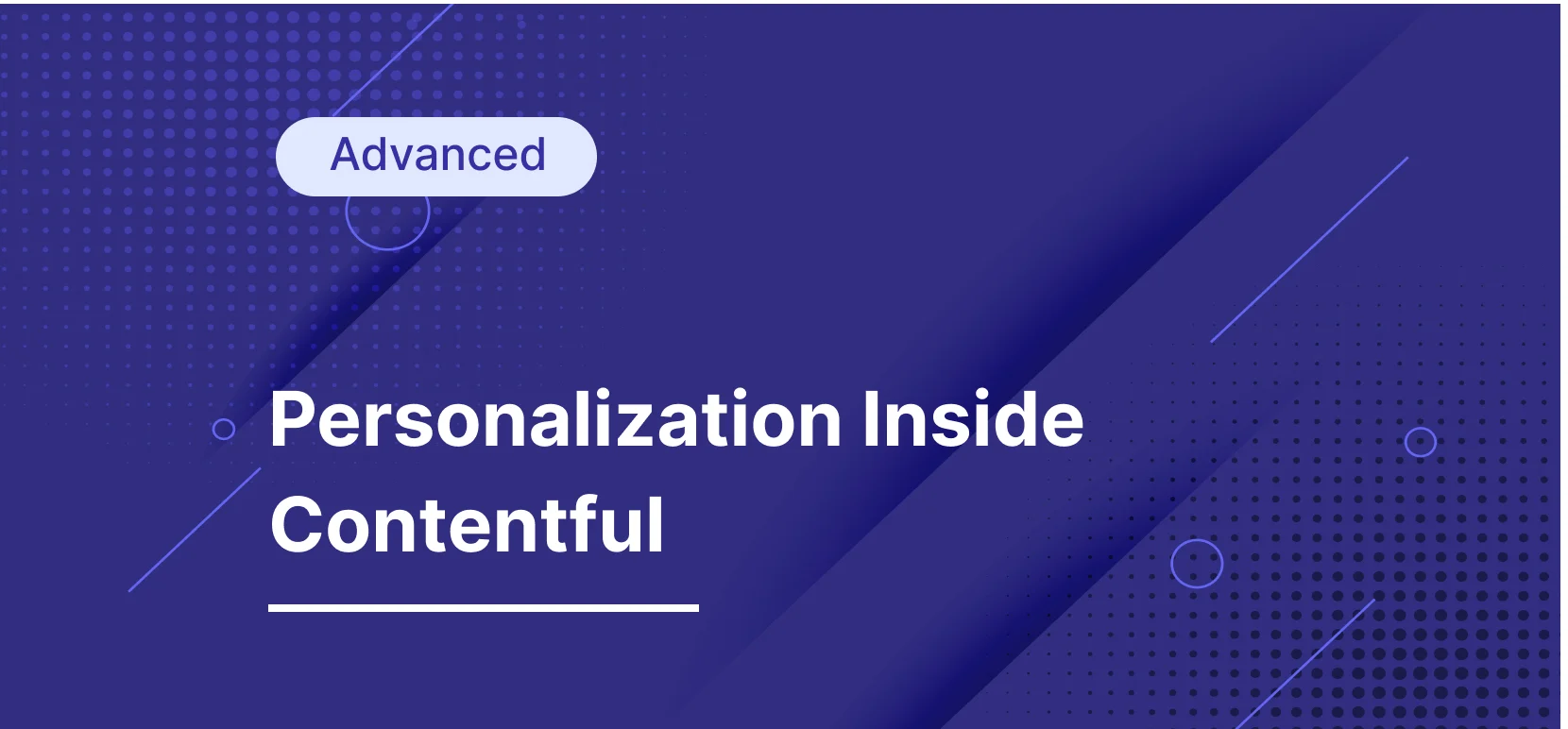
Personalization in digital experiences has undergone a significant transformation over time.
What used to be limited to simply inserting a customer's name into newsletters has now expanded to include targeted content, tailored journeys, and unique experiences that make individuals feel truly special.
Mere personalization by name is no longer sufficient.
In today's competitive landscape, a successful personalization strategy is of utmost importance for delivering engaging digital experiences. However, building effective personalization can be a daunting task without the right tools and processes in place.
According to recent research by Google, 90% of leading marketers say personalization significantly contributes to business profitability. However, according to Gartner, providing tailored experiences to customers continues to be a challenge for over two-thirds (63 percent) of digital marketing executives.
To assist you in embarking on a swift and successful personalized journey, we have developed a comprehensive playbook.
This resource is specifically designed to provide you with the knowledge and guidance showing how to use personalization effectively and easily inside Contentful.
Remember, personalization goes beyond the surface-level approach of using a customer's name. It now encompasses targeted content, customized customer journeys, and tailored experiences that leave a lasting impact. Embrace the power of personalization and utilize our playbook to accelerate your path toward creating exceptional digital experiences.
Common Barriers to Successful Personalization Strategy
Data Silos and Non-Unified Customer Data
In order to create a personalized experience for your customers, you need to have access to their data. Customer data is the key to understanding what each individual customer wants and needs. And it's essential for powering personalized experiences.
That's why marketers are always looking for new and innovative ways to collect it.
However, there’s one major challenge here: customers are everywhere.
They come to you through different channels, visit your website more than once, and interact with a variety of digital touchpoints.
Without a unified view of the customer and progressive profiling, you cannot create relevant and timely experiences for your customers across all channels.
To obtain a clearer understanding of who your customers are, marketers must compile customer data from various sources into a complete customer profile and make this data easily moveable from one place to another.
Workflow Silos
Having workflow silos is another common barrier to a successful personalization plan.
In modern organizations, different departments and teams need to interact and collaborate effectively to achieve a common goal. However, when the tech stack is outdated or unable to integrate with each other, it can create data and workflow silos between teams, leading to disjointed workflows and a lack of communication.
For example, imagine a company where the marketing department uses one tool for customer engagement while the sales team uses another for customer relationship management. Without proper integration, marketing and sales teams might not have access to each other's data, and this can lead to missed opportunities and a lack of coordination.
Measurement Challenges
How do you know if your personalization efforts are working?
This is one of the major challenges for marketers today.
Measuring the results of your personalization efforts can help you determine what's working and what needs to be improved. But measuring metrics can also be a challenge, especially when you're dealing with all the data that's available today.
By taking the time to measure your results carefully, you'll be able to make better decisions about how to personalize your content and improve your overall business performance.
However, measuring the success of personalization initiatives can be a daunting task. There are a number of factors to consider, including which metrics to use and how to track them.
Because personalization requires a longer time to showcase its effects, and it is difficult to quantify "customer attachment" or "customer trust," marketers struggle to measure the effectiveness of their personalization initiatives.
Scalability Challenges
As your business grows, the need for more personalized customer experiences also increases. But when it comes to scaling personalized experiences, many businesses hit a wall.
Why is scalability such a challenge for personalization?
Achieving true personalization is not easy – it's a complex process that involves:
analyzing huge amounts of customer data
content design and creation for each customer group
effective usage of communication channels
How to Create Personalized Experiences Inside Contentful
Step #1: Define Your Audience
The first step of personalization is audience segmentation.
Once you connect the Ninetailed with Contentful, everything becomes super easy and simple for marketers, campaign managers, and content editors. Thanks to Ninetailed’s seamless integration with Contentful, you can define your audiences right inside Contentful — just like creating a new entry.

With Ninetailed’s audience segmentation, you have full control over your customer data. You can easily define your audience segments based on:
page view (page property, UTM parameter, referral, URL, etc.)
events
traits
location
device type
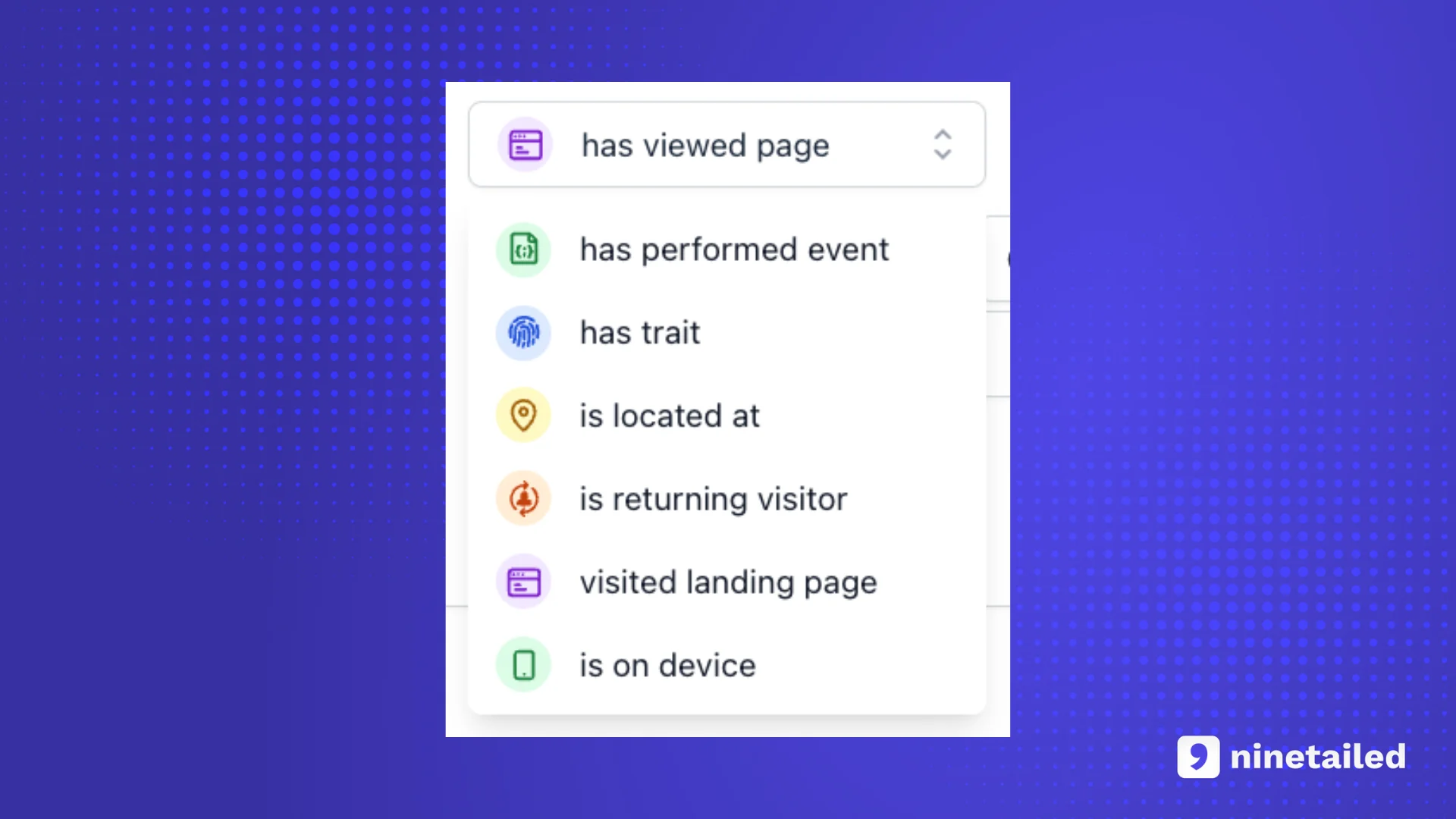
Moreover, with Ninetailed’s native integrations, you can also define your audience segments based on the customer data you have from other sources, such as:
Albacross — firmographic data provider
Shopify, BigCommerce, Commerce Layer, etc. — shopping data via Zapier
HubSpot — first-party CRM data via Zapier
Segment — first-party data in customer data platform
Step #2: Create the Personalized Experience
Once you have the audience segment, the next step is to create personalized experiences for each segment by matching the audiences with relevant content. Very similar to audience segmentation, personalized experience creation also happens inside Contentful — enabling you to personalize any content type you have.
To do this, firstly, you need to set the baseline content:
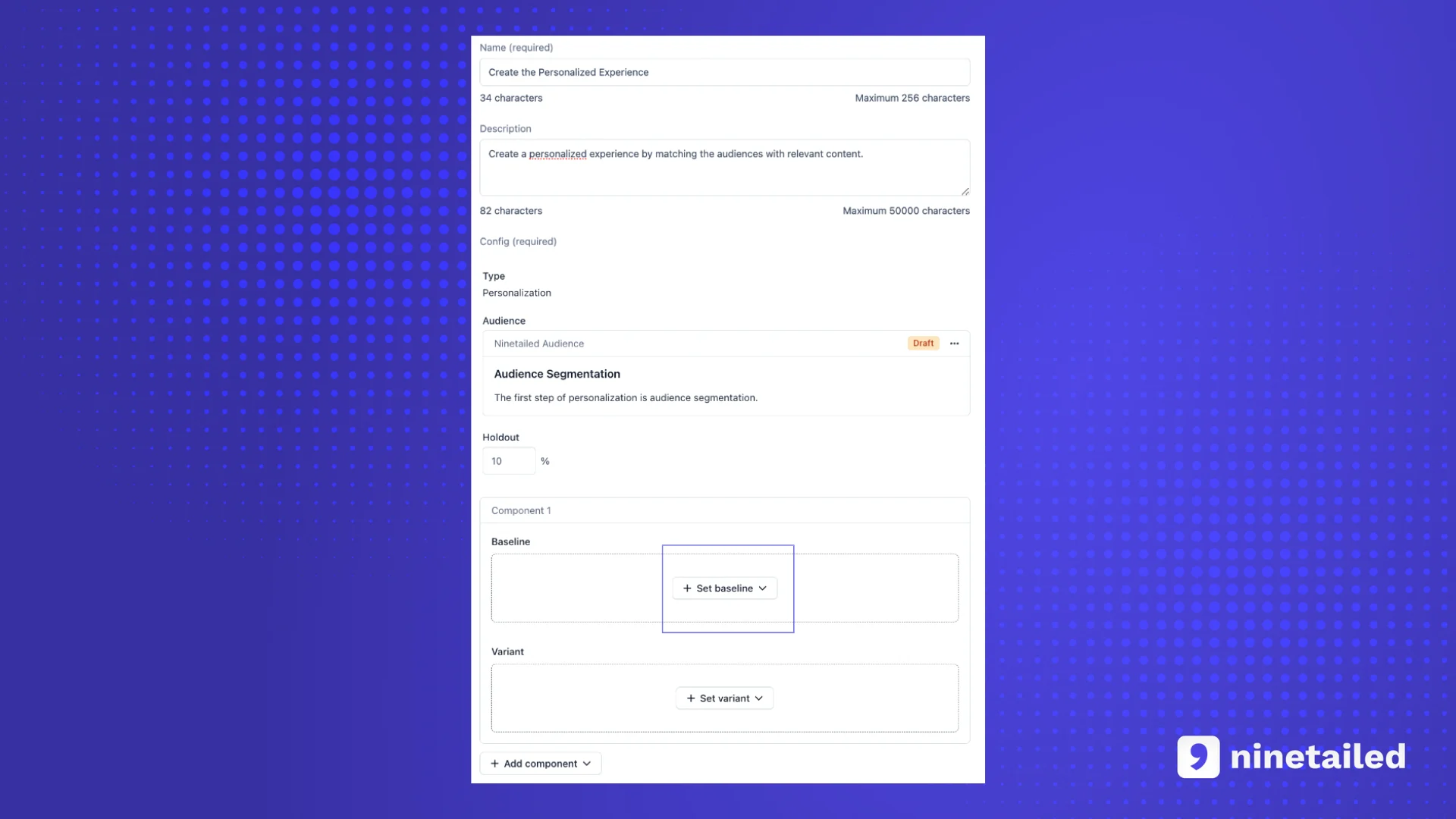
Here, in this scenario, the baseline content is a headline:

Once you set the baseline content, the next step is setting the variant for the audience you defined earlier:

Here, in this scenario, we set the variant as another headline component (however, based on your content model, you can also set another content type as a variant):

Since personalized experiences are for specific audiences and based on specific conditions, previewing a personalized experience can be a challenge. This is where Ninetailed’s experience preview comes into play.
With Ninetailed’s experience preview, you can preview all of your experiences. All you need to do is:
Choose the audience from the list
Select the personalized experience you want to preview

Step #3: Analyze the Results
Up until this point, you read how to define audience segments and create personalized experiences inside Contentful and preview all the personalized experiences you created.
How do you know if your personalization efforts are working?
This is one of the major challenges for marketers today. However, with Ninetailed, you have everything you need to segment your audience, personalize the experiences, and analyze the results.

With Ninetailed’s experience insights, you can easily:
Understand the impact of personalization on conversion value and conversion rate
Display the conversion uplift and the additional number of leads you successfully converted with personalization
Compare the personalized variant with the control group at ease
By focusing on these essential metrics, you can easily track the success of your personalized experiences, make data-driven decisions, and optimize your strategies for maximum effectiveness.
Step #4: Optimize the Personalized Experiences
Personalization is not a one-time activity but an ongoing and iterative process that aims to optimize the customer experience and increase conversion rates.
It involves continually analyzing customer data and behavior to understand their preferences, needs, and interests.
By leveraging this information, businesses can tailor their services, products, and communications to match each individual customer's unique profile.
This level of personalization enhances the customer experience by making it more relevant and engaging, thus fostering loyalty and increasing customer satisfaction.
Over time, as new data becomes available and customer preferences evolve, personalization strategies need to be adjusted and refined to maintain their effectiveness.
In essence, personalization is a continuous cycle of learning, adapting, and improving to deliver a superior customer experience.
The Bottom Line
To sum up, this personalization guide for Contentful provides a comprehensive roadmap to creating tailored experiences inside Contentful that boost conversions and revenue.
With Ninetailed’s seamless integration and Contentful's composable platform, creating personalized experiences becomes as straightforward as adding new content entries. Moreover, it eliminates workflow silos, enabling all tasks to be accomplished within one workflow. By integrating Ninetailed with Contentful, you can:
Define your audience segments
Easily connect your customer data with integrations
Create personalized experiences just like adding new content entries
Eliminate workflow silos by doing everything inside Contentful
Understand the impact of personalized experiences on conversions and revenue
Optimize what works based on the results
Get in touch to learn how Ninetailed personalization, experimentation, and insights works inside your CMS
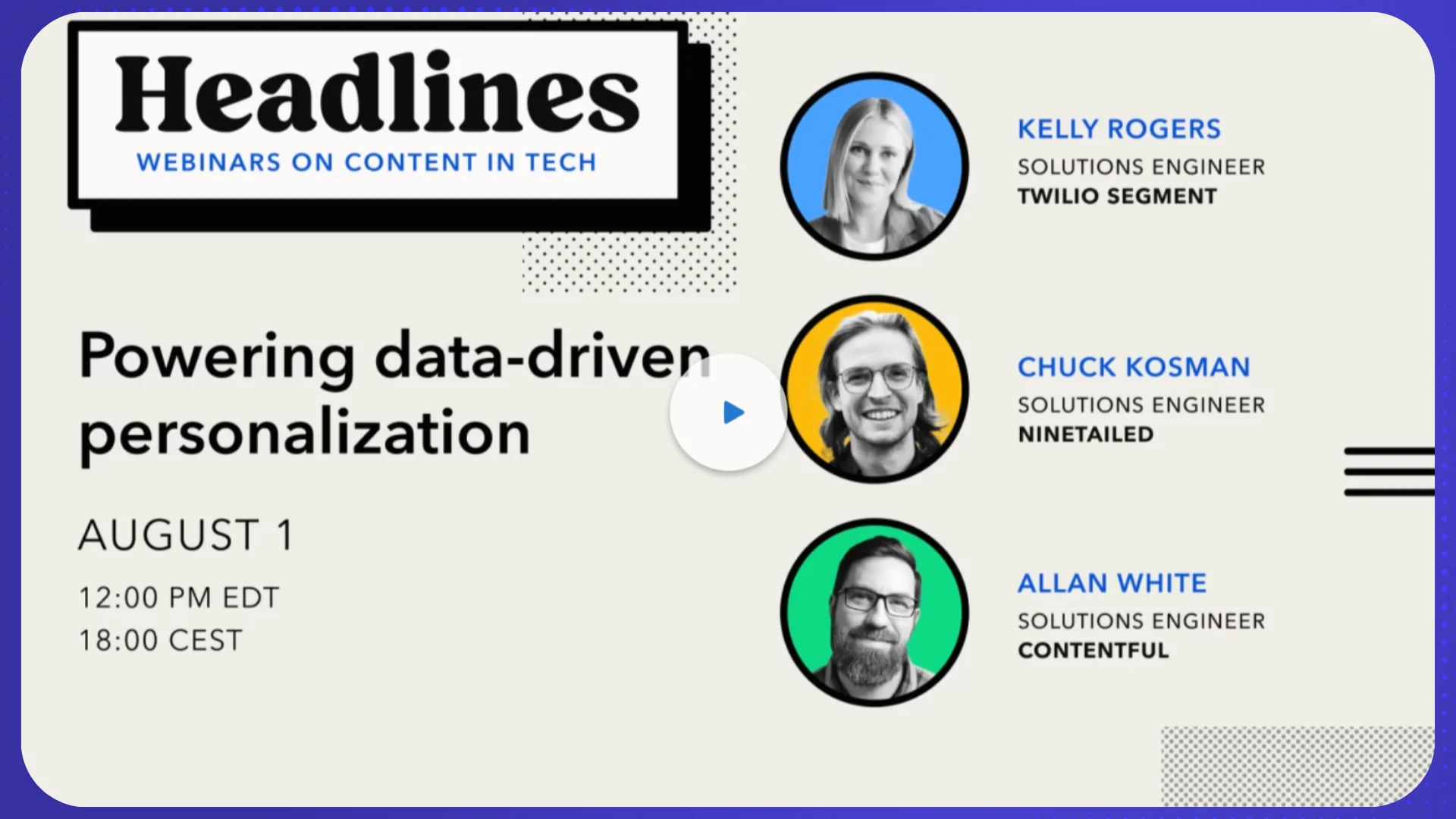
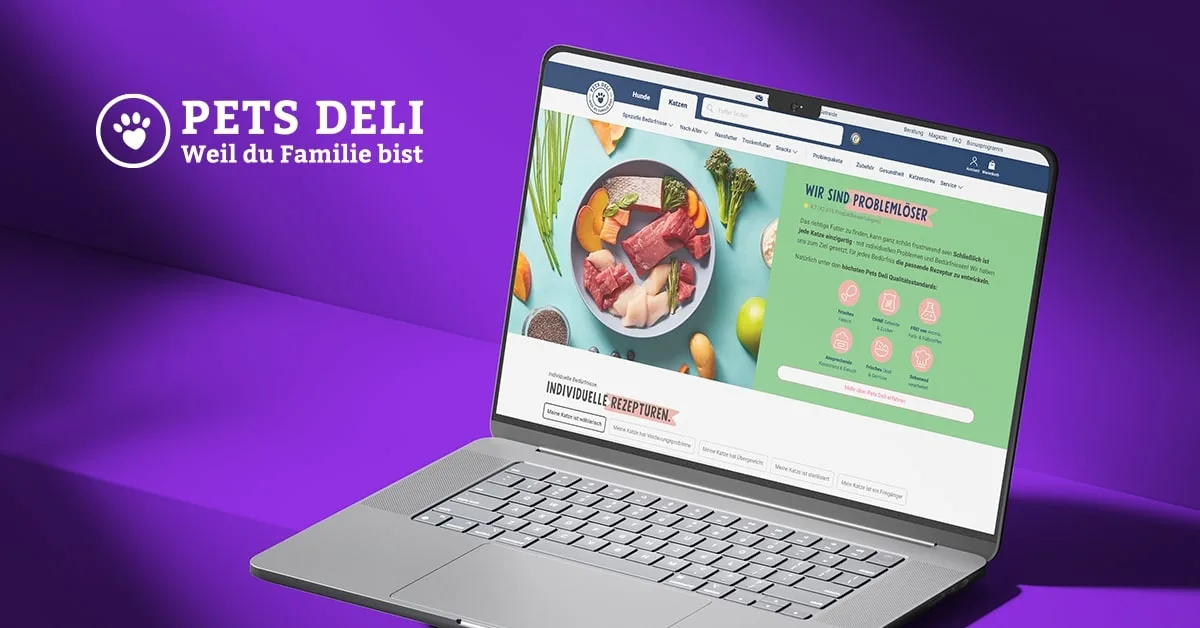
![4 Benefits of Headless A/B Testing [with Examples from Ace & Tate]](https://images.ctfassets.net/a7v91okrwwe3/1rAE9Eod5ybWUHtc9LEMLo/607bdcaf0512ec8f2af0f9f93dbe84f8/Ace___Tate_landscape.jpg?fm=webp&q=75&w=3840)